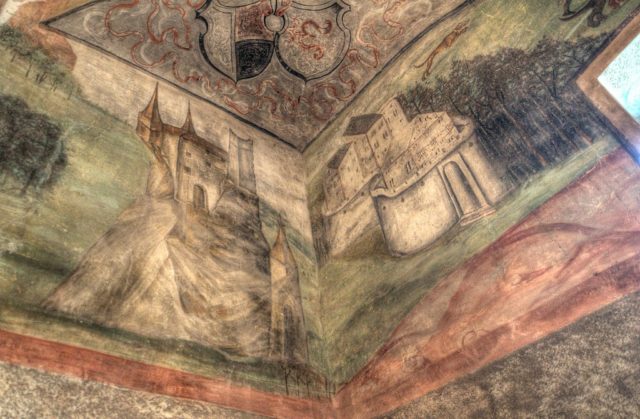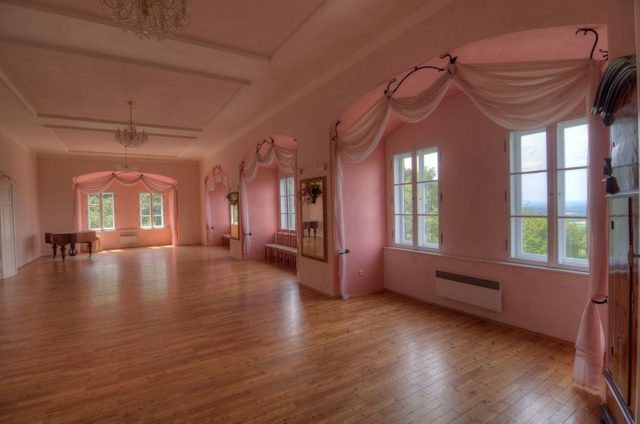There are plenty of haunted castles throughout the world, but there aren’t too many that were built to cover a gateway to Hell. That was exactly the purpose of Houska Castle. It was constructed just north of Prague, Czech Republic, in a desolate and swampy forest during the late 13th century. Read on to discover the eerie history, unconventional design, and haunted sightings of the property.
Construction
Houska Castle was likely built on the orders of Ottokar II of Bohemia who wanted it to serve as an administrative building where other royal properties could be managed from. For hundreds of years, the property was passed between different members of the aristocracy. Between 1584 and 1590 the fortress was modified to fit with the newer Renaissance style that was popular at the time.



By the 18th century, however, nobles were no longer living there and the property was essentially abandoned. It went through another renovation in 1823, but ownership didn’t change hands until Princess Hohenlohe bought the castle in 1897. In 1924 it was then purchased by Josef Šimonek, the first president of Škoda Works (a large industrial conglomerate). His descendants still own Houska Castle. Another plausible reason why the property remained empty was that the chapel allegedly covers a gateway to Hell.
Gateway to Hell
This was a gaping hole in the ground which was, at the time of initial construction, so deep that no one could see the bottom of it. Prisoners who had been sentenced to death were supposedly told that they would receive pardons if they’d allow themselves to be lowered into the hole with a rope. They were then supposed to tell those on the surface what they saw.



One particular story mentions that the first prisoner to agree started screaming after only a few seconds, and when he was pulled back up he had visibly aged 30 years, with white hair and wrinkles. There have also been numerous reports of demonic animal-human beasts crawling out of the hole, as well as ‘otherworldly’ dark-winged creatures that would fly out and around it.
Haunting grounds
These sightings supposedly explain why the castle was uniquely built with its defensive walls facing inward – an attempt to keep the demons who escaped the hole from getting into other parts of Houska Castle. It also explains why the building is curiously missing many of the necessities to house occupants, including a water source, kitchen, and external fortifications. It was also constructed on a piece of land located in the middle of nowhere.



It wasn’t located near trade routes, nor did it hold any strategic value. Even to this day, people say that they can hear creatures inside the castle at night, trying to scratch their way out or screaming. As if housing a gateway to Hell isn’t enough, Houska Castle also supposedly has many different ghosts that inhabit the grounds. These include the White Lady who stands mourning in the window, as well as a demon hound that evaporates with a pungent smell when approached.
Second World War
Considered for hundreds of years to be a demonic site, it was taken over by the Germans during the Second World War in an effort to use this power for their own benefit. Some say that their sole reason for occupation was to investigate whether or not the gateway to Hell was real. What is known is that the Germans who occupied the castle were conducting experiments there, but it is unclear if these were of an occult nature.



Many locals who talked about their experiences during the occupation recalled hearing terrifying noises as well as strange lights coming from the castle in the day and night. They also reported that high-ranking Wehrmacht officials would attend ‘dark ceremonies’ in the castle which they believed was their attempt at harnessing the power of Hell.
More from us: UFO Hunters Meet at This Mysterious Mailbox Located Outside Area 51
Others, however, believe that the castle acted as a storage facility for roughly 13,000 documents on the occult which had been collected by the commander of the Schutzstaffel.
